As a word, “giatay” possesses an untranslatable mystique similar to Tagalog’s “lihi.” But what differentiates the Visayan expression is its layers, like a complicated web that seems almost difficult to sift through. If words were tangible, “giatay” is a Matryoshka doll—slap it to any sentence, and no Visayan speaker would bat an eye. Surrounded by a Cebuano family, it’s one I’ve often heard shrieked at the most random moments—in clumsy slip-ups, thrilled squeals or really, just for the heck of it.
For the exhibit of the same name, “giatay” pervades each and every piece—ranging from its deathly implications in Bastinuod’s inclusion of the Grim Reaper to the mamboboso in Jan Sunday’s installation. More than 20 Visayan artists are featured in “Giatay,” with the word as their working prompt. And with giatay’s multi-faceted nature, the results have varied—but nonetheless, each one speaks of a culture uniquely found in the south of the Philippines.
During this year’s Art Fair, we talked to two of the curators Jun Sabayton and Jan Sunday about placing Visayan culture in the national consciousness, the region’s involvement in Philippine pop culture and the many, many meanings all wrapped up in one “giatay.”
What first caught our attention was “Giatay’s” use of memes for promotion on Instagram. Can you tell us why that was the approach for your promo?
Jun: Galing kasi sa underground sa Cebu ’yung mga artists, so mostly ’yung meme, ganun din ’yung mga trabaho.
Jan: Most of us come from a DIY indie underground movement ng Cebu, whether it’s the music or the art scene. Many of us come from independent collectives. Naka-influence din siya in the way that we promote.
Jun: ’Yung giatay, bagay [siya sa memes]. Parang siyang mura. Maduming CR? Giatay, ang dumi nito! Satisfied ka? Giatay ka, uy! Maliban kasi sa puso, importante din ’yung atay. Galing [ang giatay] din sa Atay bed. ’Nung unang panahon, ito ’yung death bed.
Jan: When you’re terminally ill, they put you on that bed and they say, “ay, giatay na siya.”
Jun: Ginamit siyang expression. Parang threat, parang sinasabi mo na, “mamatay ka na!”. Wala siyang masamang salita na katumbas sa Tagalog o English.
What would you say is the overarching theme of “Giatay”?
Jan: The world itself as a translation of the individual artists.
Jun: Sobrang tame pa nitong work. Meron pa kaming mas grabe.
Jan: Siguro kasi first time pa. [laughs] Kung second, baka hindi na.
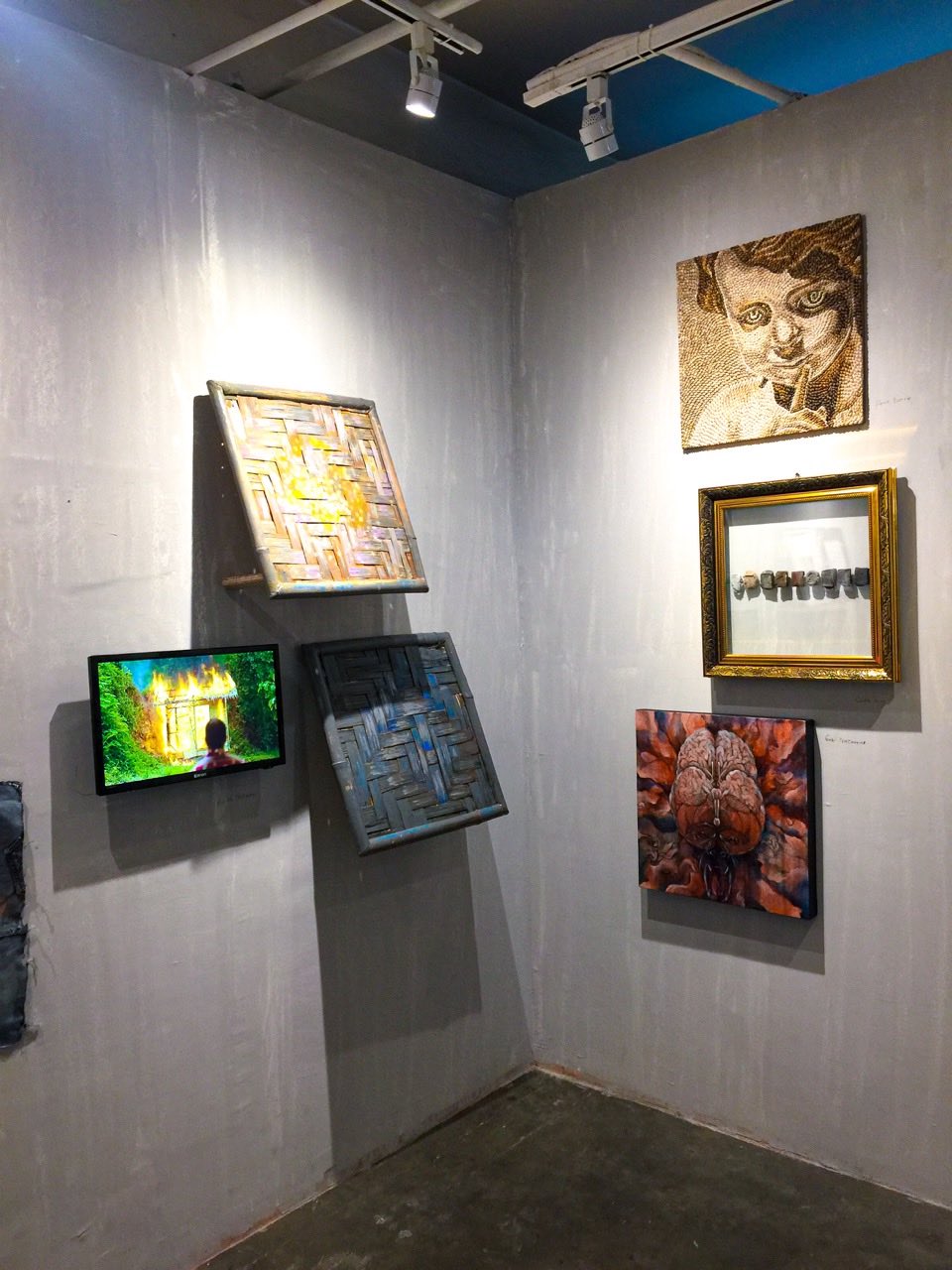
“Giatay” includes pieces by Keith Deligero, Budoy Marabiles, Lhee Taneo, Golda King, Gabi Nazareno and more
If you would check out the artists in the roster, they’re very distinct and very themselves. It just so happens that everyone is from the Visayas.
What do you think is the distinguishable aspect of Visayan art that sets it apart from the rest?
Jan: We’re not into trends so much. Pinili ang artists dito dahil sa kanila talaga ’yung style nila. Alam mo kay Wyndelle [Remonde] ’yan, alam mo kay Lhee [Taneo] ’yan. It’s so rare that you would see other people in the current national art landscape na masasabi mong kapareho. If you would check out the artists in the roster, they’re very distinct and very themselves. It just so happens that everyone is from the Visayas.
Read more: Art Fair 2020’s most exciting newcomers aren’t foreign galleries but Visayas-based art collectives
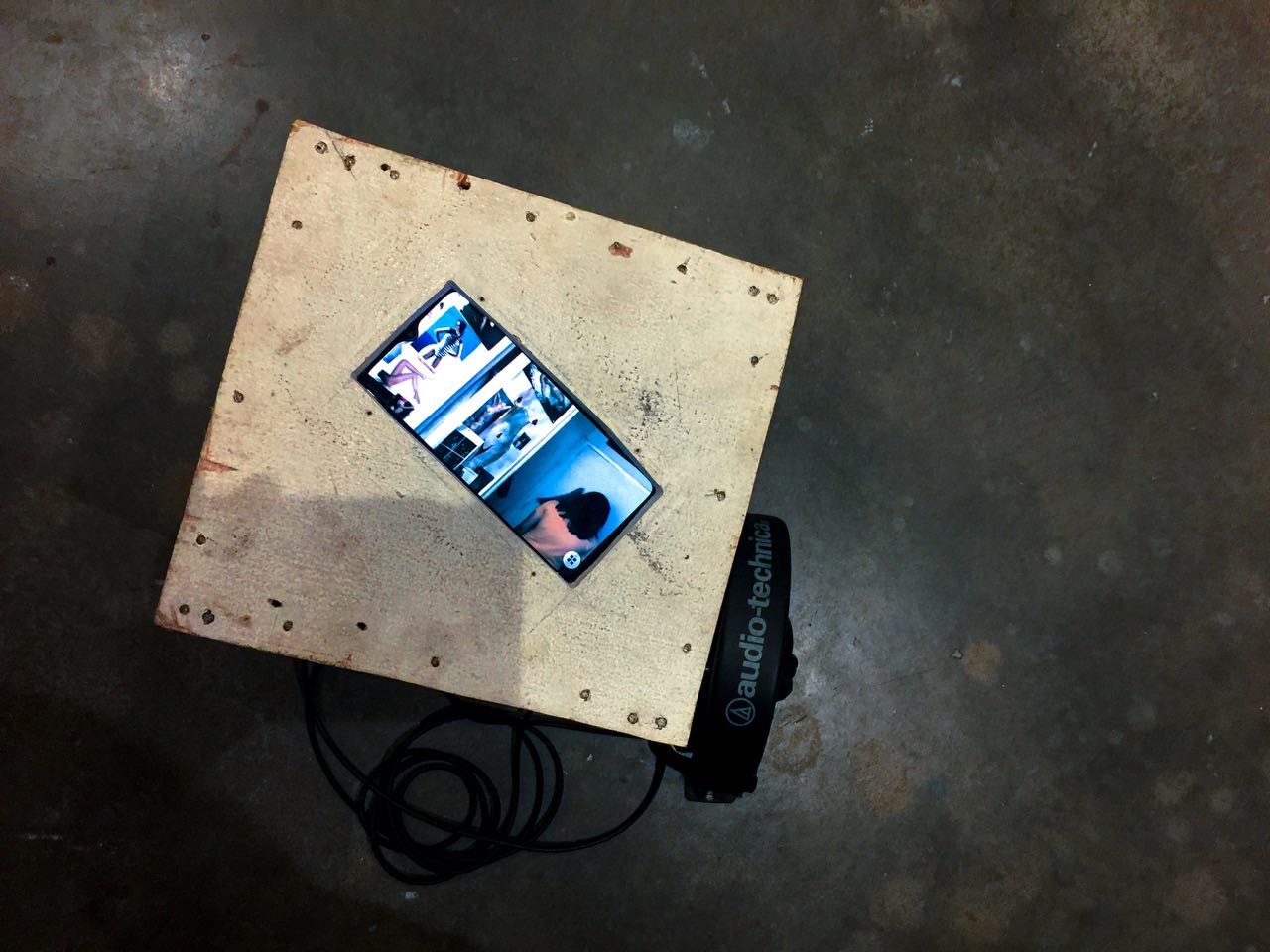
“SUPERPSYCHOCEBU” by Christian Linaban
How has the art scene in Visayas developed throughout the years?
Jan: In recent years, it has left the typical concept of artwork that’s confined in a cubed space or as paint on canvas. Most of us now are exploring other mediums na hindi naman na ta-tackle. Meron pa naman na paint on canvas, pero ’yung concept behind it, hindi necessarily ’yung typical na figurative.
Jun: At least ngayon, nare-recognize na siya ng mga galleries sa Manila at kumukuha na sila ng mga artists from Cebu. Kasi noon, wala talagang venue sa Cebu—dati sa mga malls lang. Maraming artists, pero walang venue. Kaya ’yung mga artists, tumatayo na lang sila ng kanilang mga space. In reaction din [ang “Giatay”] na dapat dalhin natin [sa capital].
Jan: Representation siya, kasi Art Fair “Philippines.” Of course, mas okay rin na kasama kami.
We want Visayan art to be part of the national consciousness, not just as a novelty.
Where do you think is contemporary Visayan art headed? Where do you hope for it to go?
Jun: Sa kulturang popular ng Pilipinas, palaging pa minsan-minsan may sumusulpot na Bisayang artist—may Max Surban, Yoyoy Villame. Biglang nagkaroon ng trend ’nung ’80s, nagkaroon ng mga Cebuano films, tapos ngayon bumabalik ulit, hanggang sa nagkaroon ng budots. Sa pop culture ng Pilipinas, laging kasama ’yung Visayan culture.
Jan: My hopes for it is that it won’t just be a novelty. Still, may certain sense of exoticism siya ngayon, but hopefully, magiging part siya ng national consciousness. Not just, “ay, Bisaya” na interesting kasi hindi siya normal thing that you’d usually see. Even in national news, ’yung laging pinapakita [ay] traffic sa EDSA, pero wala namang kinalaman ’yun sa mga buhay namin doon.
Read more: All the new (and the old) stuff to expect in this year’s Art Fair
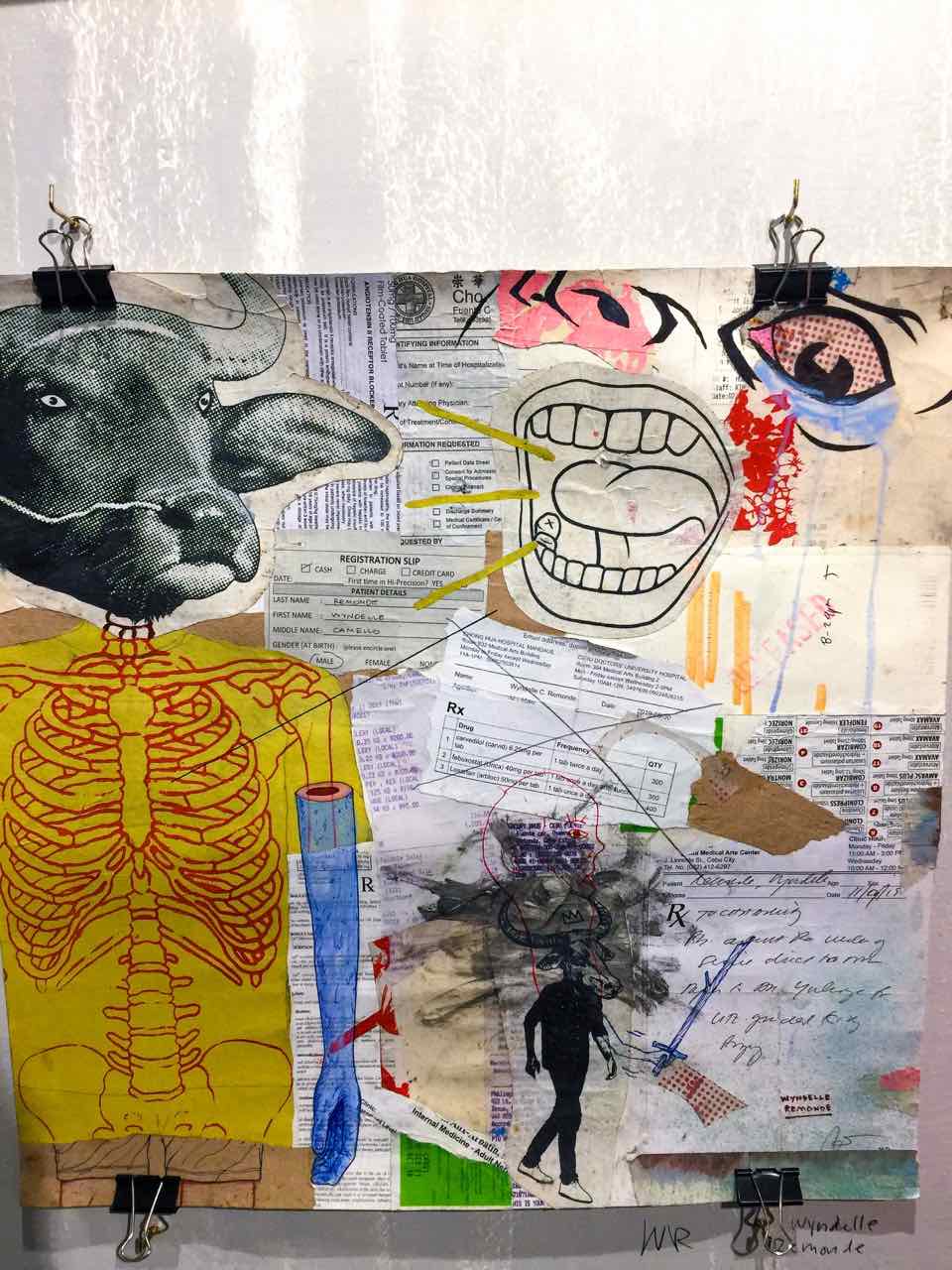
By Wyndelle Remonde
I read that you wish to expand “Giatay” in the future, do you have some ideas on where it’s headed?
Jan: We’ll take it to more galleries, hopefully. Even abroad. Kasi pag sinasabing “Filipino,” Tagalog agad ’yung iniisip.
Jun: Sana tanggapin kami ng mga gallery hindi lang as individual artists, but as a whole. Meron namang movement na ng mga Ilonggo at iba—pero sana, mga Bisaya as a whole. Hindi lang Ilonggo, hindi lang Cebuano. May mga Bisaya-speaking na taga Mindanao. Sana magkaroon ng unity at representation.
Jan: It’s not because we’re mad or anything, it’s just that we want equal opportunities din.
“Giatay” runs from Feb. 21 to 23 at Art Fair Philippines 2020.
Header art by Zaila Mae Urmeneta
Photos by Katrina Maisie Cabral and Rogin Losa


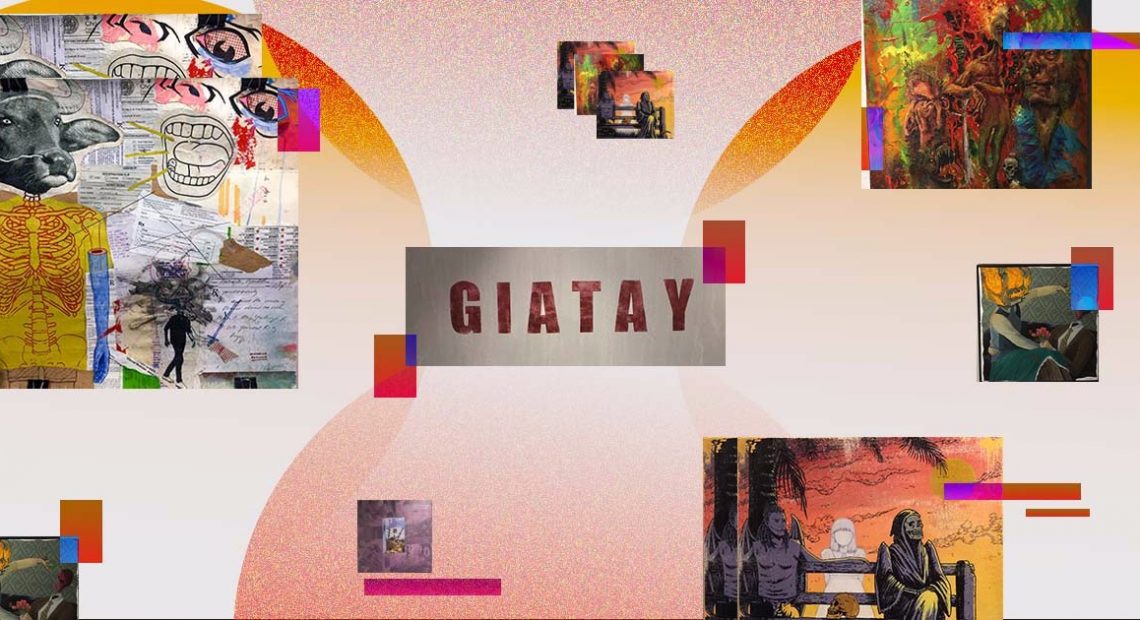














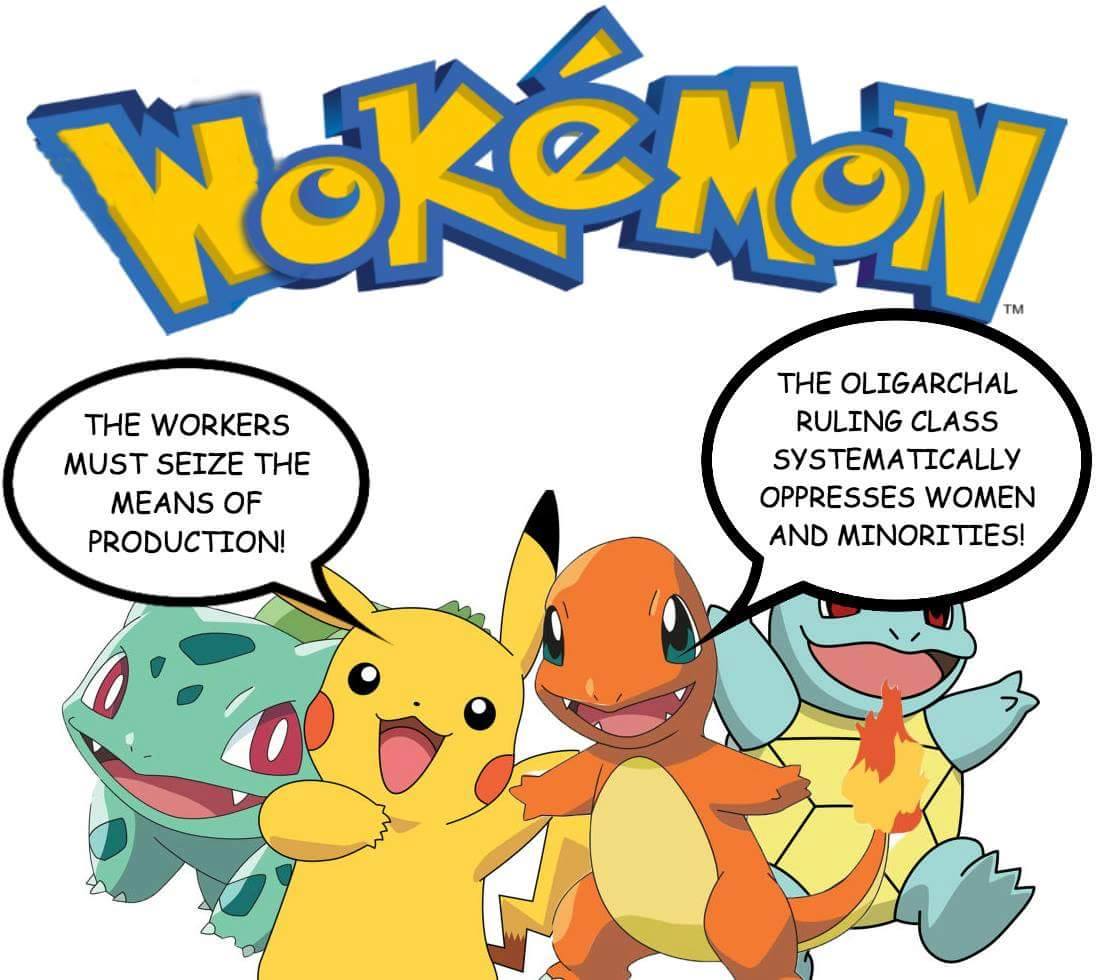
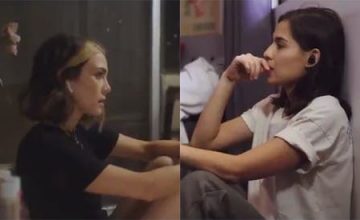






Comments